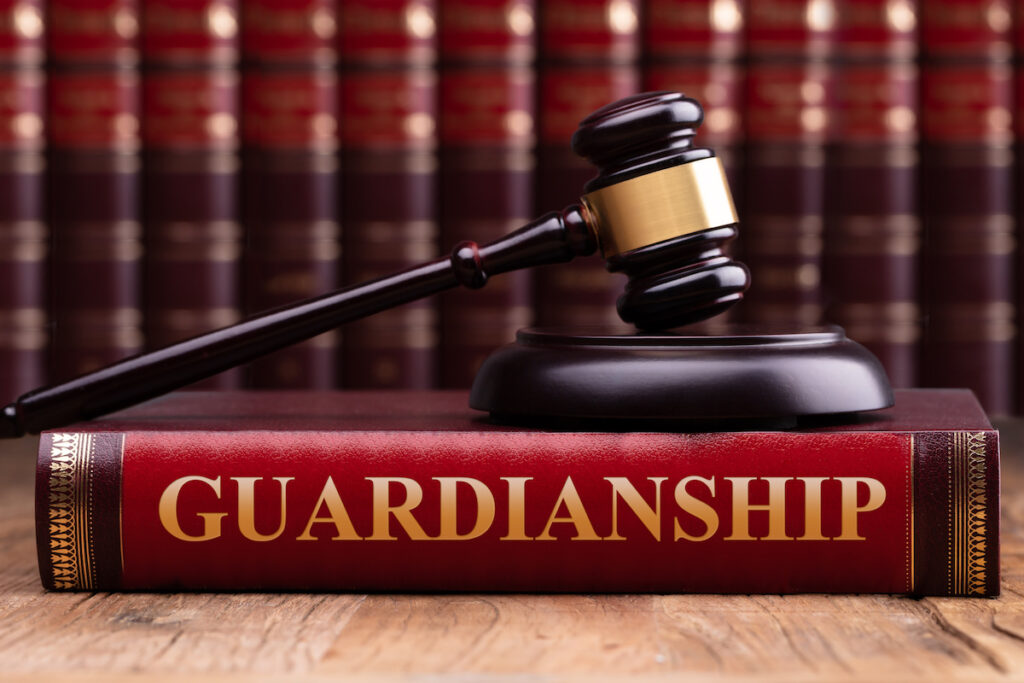Congratulations! You are now legally an adult. Although you may not feel any different, from a legal standpoint, a great deal has changed. When you were a minor (under age 18), your parents were your legal guardians responsible for making all your decisions. Now that you are an adult, their legal authority over you is […]
Category Archives: Assets
You regularly check the balances of your retirement, bank, and investment accounts. But when did you last check the beneficiary designations on these accounts? And really, all the other accounts that allow you to name a beneficiary?
According to a stipulated agreement with Iswarienko, Doherty’s estate was able to retain the couple’s home in Malibu, California; a Salvador Dali painting; several cars; and all earnings from her acting. In addition, as part of the divorce proceedings, she had filed an income and expense declaration stating that she had $251,000 in the bank; another $1,880,000 in stocks and bonds; and insurance money from a lawsuit over damage done to her California home. She also stated that she had real property worth $3 million and $134,000 in a pension fund.
In cases where more than one family member is interested in the same item, the best-case scenario is that they can reach a peaceful resolution, perhaps involving trading other sought-after items. If there is an impasse, beneficiaries could sell the item in question and divide the proceeds equally. Another option is for one beneficiary to buy out the other beneficiary’s interest in the item. They could also draw straws or flip a coin. The solution may depend on whether the dispute is over a single item, like a ring, or over multiple items, resulting in a breakdown in the peaceful division of items.
More than half of millennials say they expect to inherit approximately $350,000 or more from their aging parents. But baby boomers say they plan to leave far less than that to their kids. One survey found that many do not plan to leave behind any money.In another study, just 26 percent of Americans, including 22 percent of baby boomers, said they expect to leave an inheritance
You may run into situations in which third parties require the nominated individual to exercise explicit authority. They may need to complete tasks or manage your financial affairs. If this is the case, you will want it done in a way that is not provided through a signed financial POA. In these cases, if you no longer have capacity, your loved ones may need to go before a judge.
Admittedly, no one makes a suitable substitute for you as a parent. Nevertheless, a guardian steps in when you pass away to assume your parental role and raise your minor child through legal adulthood. Conversely, a trustee manages the financial legacy you leave behind for your minor child. As a parent, you need to consider the skills and characteristics each role requires to ensure that you nominate the right people for the benefit of your child and their inheritance.
Make sure you understand the basics of what each role entails. Furthermore, you should understand to consider when making your choices can help ensure that your estate plan is effective.
Generally, a more complicated estate plan (for example, a plan that includes continuing trusts, tax planning, or asset protection planning) will cost more, as it requires more time to prepare and a more experienced attorney. We caution you, however, from creating an estate plan that is overly simplistic and does not fully align with your goals just to save money on legal fees. A good estate planning attorney can recommend the “just right” estate plan to fit your needs without overcomplicating things and charging unnecessary fees for tools and features you do not need.
Another issue with relying on state law is that none of the transfers to your loved ones happen automatically. Your family must open a probate estate with the court and go through the process specified in state law before your property can transfer out of your name and into theirs. This process can be long and costly. It is also public. Many people prefer that an inventory of their property and the details of their family stay out of the public eye. Perhaps the best way to keep your matters private is by creating and funding a revocable living trust while you are alive and have the legal capacity to do so.











